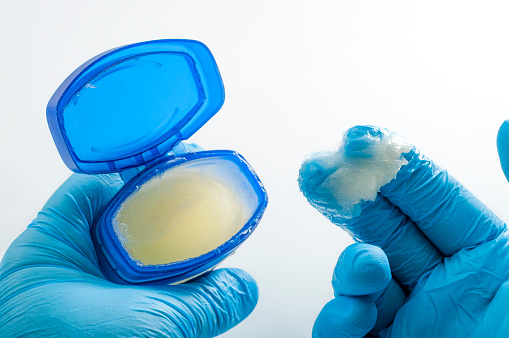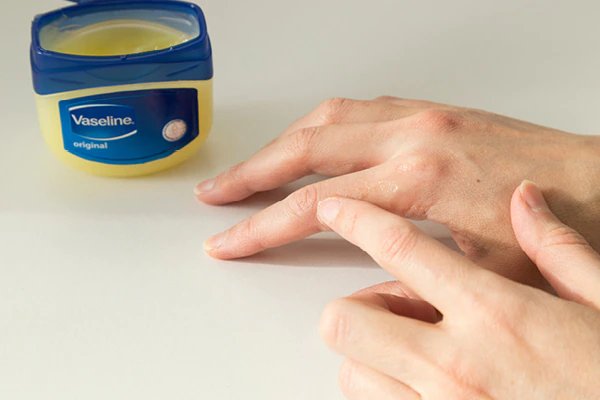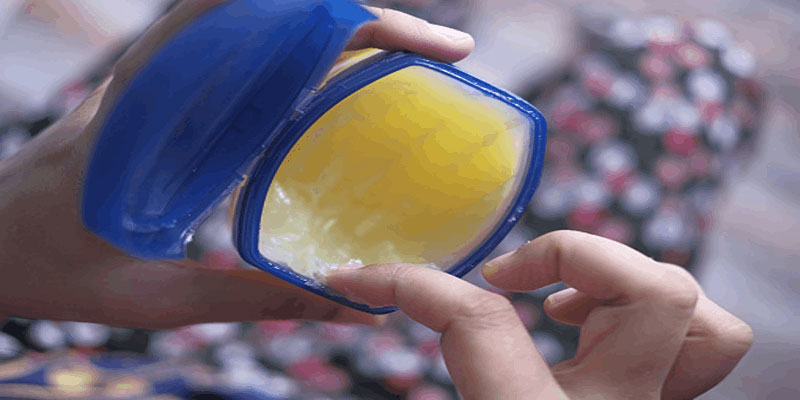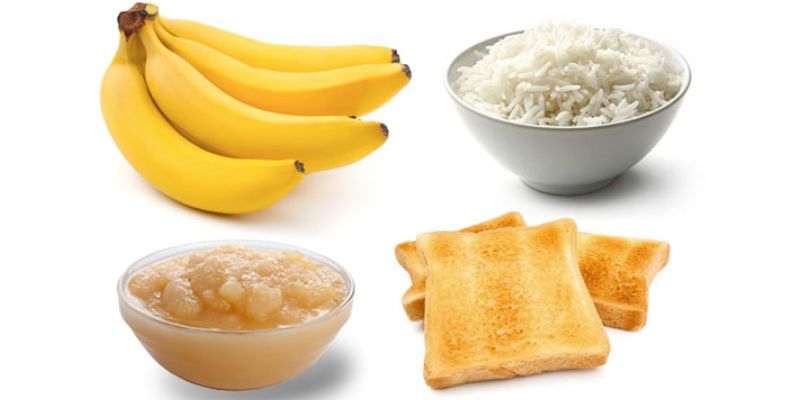Do you want to learn all about one of the oldest and most commonly used products in beauty and skincare? Petroleum jelly has existed for centuries and is still a popular choice. Not only is petroleum jelly incredibly versatile, but it also provides many beneficial benefits for your skin. We'll review everything you need about petroleum jelly, from its history and ingredients to how best to use it on your skin! Read on if you're ready to find out more.
Petroleum Jelly and Where Does It Come From

Petroleum jelly is a semi-solid mixture of hydrocarbons that are derived from petroleum. It was originally discovered in 1859 by Robert Chesebrough, who noticed the material being used by oil drillers as an ointment for cuts and burns. Chesebrough noticed its healing properties and developed a method to refine it into what we now know as petroleum jelly.
Benefits of Petroleum Jelly

There are many benefits to using petroleum jelly:
- It is a great moisturizer for your skin and can help keep it soft and supple.
- It creates a protective barrier on the skin to lock in moisture while protecting against irritants such as wind, cold, and bacteria.
- Petroleum jelly helps promote wound healing and prevent scarring by softening dry or scabbed skin and helping to reduce inflammation.
- The hydrocarbons in petroleum jelly have anti-inflammatory properties that can help soothe minor burns or sunburns and reduce redness or swelling of the skin.
- It can be used as an emollient, which means it can soften rough patches of skin caused by conditions like eczema or psoriasis.
- It can treat minor cuts, scrapes, and burns as it helps reduce pain and promote healing by forming a protective barrier over the wound.
- It can help protect against skin chafing caused by wetness or friction from clothing or sports equipment.
- It has antioxidant properties that help fight free radicals that cause premature skin aging, such as wrinkles and fine lines.
- Petroleum jelly is hypoallergenic, so it’s safe for people with sensitive skin who may have allergies to other skincare products or ingredients.
- It is incredibly affordable, making it a great option if you are on a budget yet still want to care for your skin.
Drawbacks of Petroleum Jelly
Though petroleum jelly can be beneficial for many skin types and conditions, there are some drawbacks to consider as well:
- It is a petroleum-based product, meaning it can clog the pores. This means using too much petroleum jelly can cause breakouts if you have acne-prone skin.
- It may not provide long-lasting hydration, as it mainly forms a protective barrier on top of your skin rather than penetrating deep into the dermis layer.
- The ingredients in petroleum jelly can become oxidized when exposed to air or light and lose their effectiveness over time.
- It may contain unwanted or harmful ingredients such as preservatives, fragrances, and dyes.
- Petroleum jelly can be difficult to remove from the skin and may leave an oily residue.
- It is not recommended for open wounds due to the risk of infection.
How To Choose Safe &'' Quality Petroleum Jelly Products
When it comes to selecting a petroleum jelly product, look for ones that are free of any harmful ingredients and additives. Choose products labeled as “natural” or “organic,” and check the ingredients list for any potential allergens or irritants. It should be non-comedogenic, meaning it won't clog pores, and hypoallergenic so that it won't cause any allergic reactions.
Make sure you store your petroleum jelly in a cool and dry place because exposure to heat and light can cause oxidation of its ingredients over time.
So there you have it.
Everything you need to know about petroleum jelly – from its history and benefits to how best to choose safe and quality products. Petroleum jelly can be an incredibly helpful product in your skincare routine, whether using it as a moisturizer, to reduce inflammation, or to protect against chafing. So go ahead and give this tried-and-true beauty staple a try.
DIY Skincare Recipes Featuring Petroleum Jelly
Now that you know all the basics of using petroleum jelly on your skin, why not take it to the next level and create DIY skincare recipes featuring this versatile product? Here are a few ideas to get you started:
Lip Scrub: Mix one teaspoon of petroleum jelly with two teaspoons of white sugar for an exfoliating lip scrub. Apply it to your lips gently circularly and then rinse off with warm water for smooth, hydrated lips.
Cuticle Cream: Combine equal parts petroleum jelly and olive oil and mix until fully combined. Massage this mixture on your cuticles weekly for soft and nourished hands.
Face Mask: Mix two tablespoons of petroleum jelly and one teaspoon of honey for a nourishing face mask. Apply it to your skin, leave it on for 15 minutes, and then rinse with warm water.
Hair Shine Serum: Combine equal parts petroleum jelly and coconut oil in a bowl and mix until completely blended. Smooth the mixture onto your hair as a finishing serum for added shine and hydration.
Moisturizing Body Butter: Combine 1 cup of petroleum jelly with ¼ cup of shea butter and a few drops of your favorite essential oil for a luxurious body butter. Massage it onto your skin after showering for all-day hydration.
Lip Balm: Mix one tablespoon of petroleum jelly with a few drops of vitamin E oil for a natural lip balm. Apply it to your lips throughout the day for soft and smooth lips.
Foot Cream: Combine equal parts petroleum jelly and coconut oil in a bowl and mix until fully blended. Massage it into your feet at night, wear socks, and wake up to softer, smoother feet.
Now that you have the basics down, get creative and experiment with different ingredients to create unique skincare recipes featuring petroleum jelly! With a bit of trial and error, you’ll be able to find the perfect combination of ingredients to nourish and heal your skin.
FAQS
What are two important things you know about Vaseline?
Two important things to know about Vaseline are that it is a petroleum jelly product. It can provide many helpful benefits for your skin, such as protecting against chafing, reducing inflammation, and providing moisture. It should be stored in a cool and dry place and not used on open wounds due to the risk of infection.
Is it safe to use petroleum jelly on my skin?
Yes, petroleum jelly is generally considered safe for use on the skin. However, it should not be used on open wounds due to the risk of infection. It should be free of harmful ingredients and additives, non-comedogenic, and hypoallergenic to avoid irritation or allergic reactions.
Which is better, Vaseline or petroleum jelly?
The answer to this question depends on your individual needs and preferences. Petroleum jelly and Vaseline are made of the same ingredients, so choosing a product that meets your skincare requirements is important.
If you have sensitive skin, Vaseline may be better for you as it is hypoallergenic and non-comedogenic. However, petroleum jelly is the better option if you want a product with more cosmetic benefits. Ultimately, deciding which product will suit your needs is up to you.
Conclusion
Petroleum jelly is an amazing product with many uses to add to your life. It’s affordable and easy to use, making it a great option for anyone. So if you want to save money and add a touch of luxury simultaneously, petroleum jelly is the perfect solution. Its various benefits make it easy to see why more people regularly turn to petroleum jelly.




